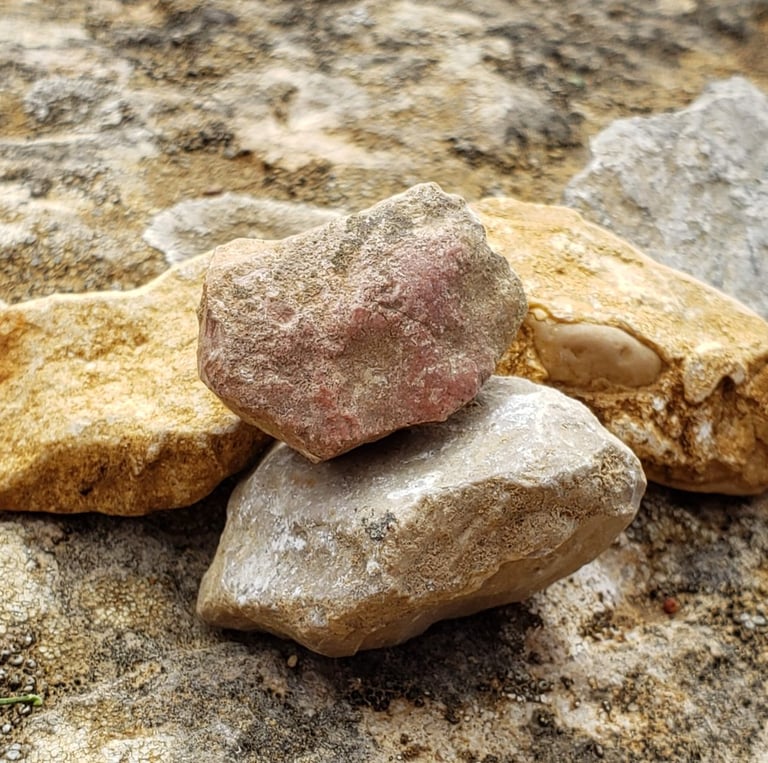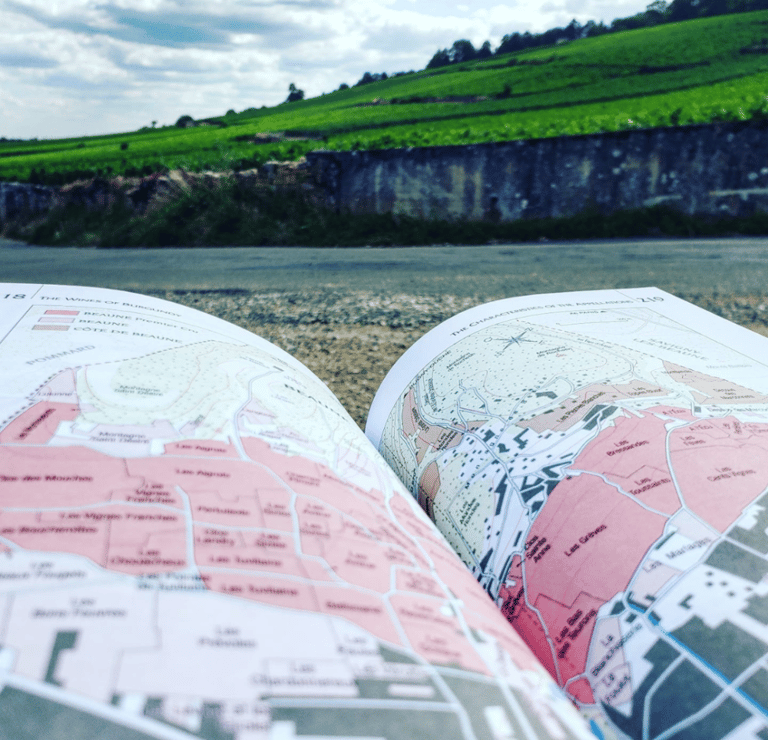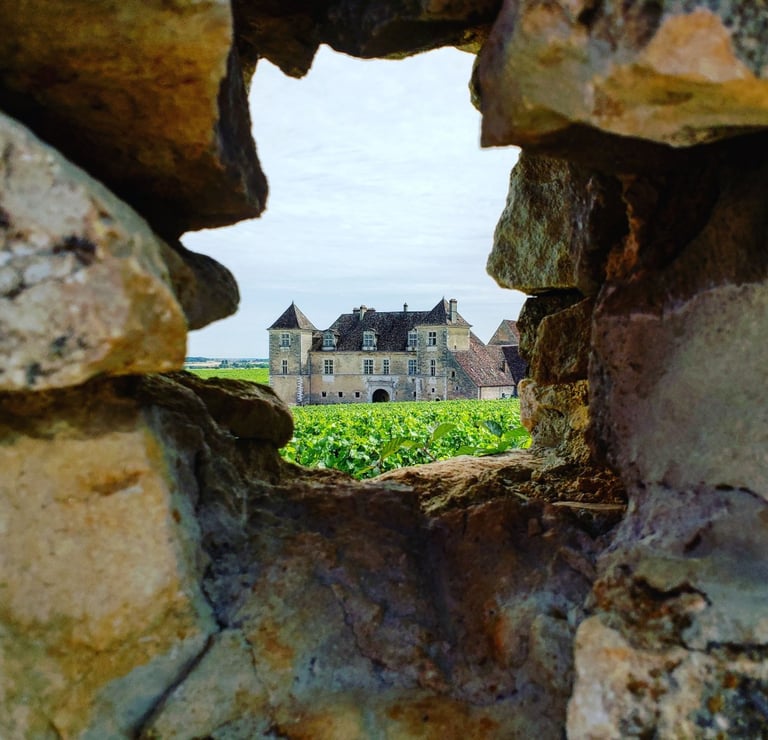
Subscribe to our newsletter
Burgundy: Terroir and Treasures for Investors
Regional Exploration and Terroir Disccovery Series
BONUS-TRACK
2/1/2024
Introduction: The Essence of Burgundy
Burgundy, a name that resonates with an almost mythical aura in the world of wine, stands as a beacon of excellence. This revered French wine region is not just a geographical territory; it is a tapestry of vineyards, each woven with its unique story, history, and character. For investors and connoisseurs alike, Burgundy represents an enticing amalgamation of tradition, rarity, and profound quality.
Understanding Burgundy’s Terroir
At the heart of Burgundy’s allure is its terroir - a French term that encompasses the complete natural environment in which a particular wine is produced. The concept of terroir is paramount in Burgundy. It’s a complex interplay of climate, soil, topography, and local winemaking traditions that imbue each vineyard with its distinctive character.
Climate and Its Implications
The continental climate of Burgundy, with its cold winters and hot summers, plays a pivotal role in grape ripening. The variation in temperatures between seasons, and even between days, can have a profound impact on the quality and character of the grapes.
The Soil Mosaic
The soils of Burgundy are as diverse as they are rich in history. From the limestone-rich soils of Côte d'Or to the granitic soils of Beaujolais, each sub-region has its distinct geological fingerprint. This diversity is what enables the region to produce a range of wines with varying degrees of complexity and flavour profiles.
Topography: The Lay of the Land
The topography of Burgundy, with its rolling hills and strategic slopes, is instrumental in determining the microclimates that affect vine growth. The aspect of a vineyard – whether it faces the sun and how steep the slope is – can significantly influence the grapes’ quality.




The Grape Varieties: Pinot Noir and Chardonnay
Burgundy is home to two of the world's most esteemed grape varieties: Pinot Noir and Chardonnay. These grapes are the canvas on which Burgundy’s terroir paints its masterpiece.
Pinot Noir: The Heartbeat of Burgundy
Pinot Noir from Burgundy is renowned for its elegance and complexity. The thin-skinned grape is highly sensitive to its growing environment, making it a perfect translator of Burgundy’s terroir. Wines from regions like Gevrey-Chambertin or Pommard are celebrated for their depth and nuance.
Chardonnay: Versatility and Elegance
Burgundian Chardonnay ranges from the steely, minerally wines of Chablis to the opulent, buttery expressions from Meursault. Each appellation within Burgundy offers a different expression of this versatile grape, showcasing its ability to adapt to various terroirs.
Market Trends and Future Outlook
Burgundy's market trends underscore its resilience and capacity for growth. Despite global economic fluctuations, the demand for Burgundy wines remains strong. Emerging markets are increasingly appreciating the subtlety and prestige of Burgundy, further enhancing its global appeal.
Building a Burgundy Portfolio
For investors looking to build or expand their wine portfolios, Burgundy offers a spectrum of opportunities. Key strategies include:
Diversification
Invest across different sub-regions, producers, and vintages. Diversification can mitigate risk and offer a balanced investment.
Focus on Provenance
Given Burgundy’s complexity, understanding the provenance and authenticity of the wines is vital. Investing in wines with a well-documented history can assure quality and value retention.
Vintage Selection
Pay attention to vintage reports and expert reviews. Good vintages from reputable producers often yield wines that appreciate in value over time.
Long-term Perspective
Burgundy investments are typically long-term. The wines’ ability to age gracefully means their value can increase over decades.
Conclusion: Burgundy's Enduring Allure
Burgundy is not just a region; it’s a journey into the heart of fine wine. Its terroir-driven wines are a confluence of history, artistry, and nature. For the savvy investor, Burgundy offers more than just financial returns; it offers the joy of being part of a timeless tradition.
As we explore the world of fine wine investments in 2024, we invite you to delve deeper into regions like Burgundy. Each bottle tells a story, a story of the land, the climate, the people, and the passion that goes into every drop.
To discover more about the world of fine wine and luxury investments, and to access our extensive archive of over 60 articles published in 2023, subscribe to our newsletter. Join us in uncovering the hidden gems of the wine world and elevating your investment portfolio to new heights.
Investment Potential in Burgundy
Investing in Burgundy wines is akin to acquiring pieces of a rare art collection. The region's wines are known for their ability to age gracefully, developing complexity and depth over time.
Scarcity and Demand
The limited production from Burgundy's fragmented vineyards creates an inherent scarcity, particularly for Grand Cru and Premier Cru wines. This scarcity, coupled with increasing global demand, especially from emerging markets, drives the investment potential of Burgundian wines.
Vintage Variation and Its Impact
The investment value of Burgundy wines is also influenced by the vintage. Certain years, when the climatic conditions align perfectly, produce exceptional wines that become highly sought after by collectors and investors.
Brand Recognition and Prestige
Burgundy is home to some of the most prestigious wine producers in the world.
Producers like Domaine de la Romanée-Conti, Domaine Leroy, and Domaine Leflaive, known for their meticulous approach to viticulture and winemaking, have become benchmarks of quality in Burgundy. Their wines are not just beverages; they are embodiments of heritage and craftsmanship, making them highly desirable in the collectors' market.
Exploring Sub-Regions and Their Investment Appeal
Understanding the individual sub-regions of Burgundy is crucial for investors. Each area – from the Côte de Nuits to the Côte Chalonnaise – has its own identity and investment prospects.
Côte de Nuits
Home to some of the most illustrious red wines, the Côte de Nuits houses appellations like Vosne-Romanée and Morey-Saint-Denis. Wines from this region are known for their structure and depth, often commanding high prices in the market.
Côte de Beaune
The Côte de Beaune is celebrated for both its reds and whites. Regions such as Puligny-Montrachet and Pommard offer wines that are a blend of elegance and complexity. The investment in whites from this region, particularly the Grand Crus, has seen a significant uptick in recent years.
Chablis
Famed for its Chardonnay, Chablis produces wines with a unique minerality. The region's Premier Cru and Grand Cru vineyards are of particular interest to investors for their balance of quality and value.




